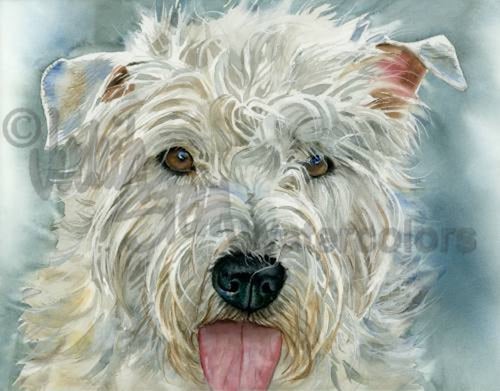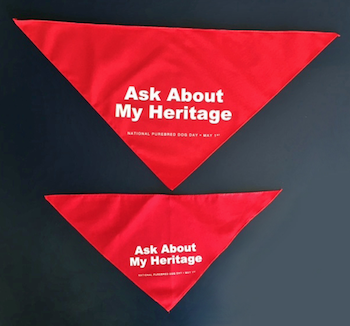
There are several small and short-legged breeds whose “leg-length brevity” helps these dogs confront prickly quarry in tight spaces, trail at a speed ideal for hunters on foot, and avoid kicking hooves when herding beasts much larger themselves.
Few of these breeds, however, are truly “dwarf” breeds, dogs which manifest a genetic mutation known as achondroplasia. Achondroplasia is a form of Osteochondrodysplasia (or OCD), a genetic mutation of the fibroblast growth factor receptor gene which usually causes the dog to develop abnormally short limbs, or what we call dwarfism.
Short-legged dogs appear throughout history, and most seem to be caused by the same single genetic mutation. The Glen of Imaal Terrier is not only the rarest of the four terriers native to Ireland, but it’s Ireland’s only dwarf breed. No one really knows exactly how this breed evolved in the secluded valley in Ireland’s Wicklow County, but these dogs were appreciated for their courageous spirit and efficacy as vermin controllers, especially badgers. Interestingly, Glens don’t bark as much as other dog, possibly because the dogs don’t need to bark when they’d rather take action.
When you have a breed as uncommon as the Glen, the only thing worse than being deluged with questions is not being asked  questions at all. How are we to educate the public about a breed worth protecting and preserving? We say: Let the dog do it!
questions at all. How are we to educate the public about a breed worth protecting and preserving? We say: Let the dog do it!
NPDD’s “Ask About My Heritage” bandana encourages people to voice their curiosity about your dog, and even the shyest among us can muster up answers when it comes to our dogs!
Two sizes, $10, free shipping. What could be easier? Get your bandana here!
Image at the top: Glen of Imaal Terrier by Judith Stein/
www.judithstein.com
www.etsy.com/shop/k9stein

Thank you for such a great post on a great breed!
Our absolute pleasure, Theresa!!
Grateful for this post, highlighting such a wonderful breed of dog. Indeed, worth protecting!
Glens are a marvelous breed, Tony! Thank you for writing!